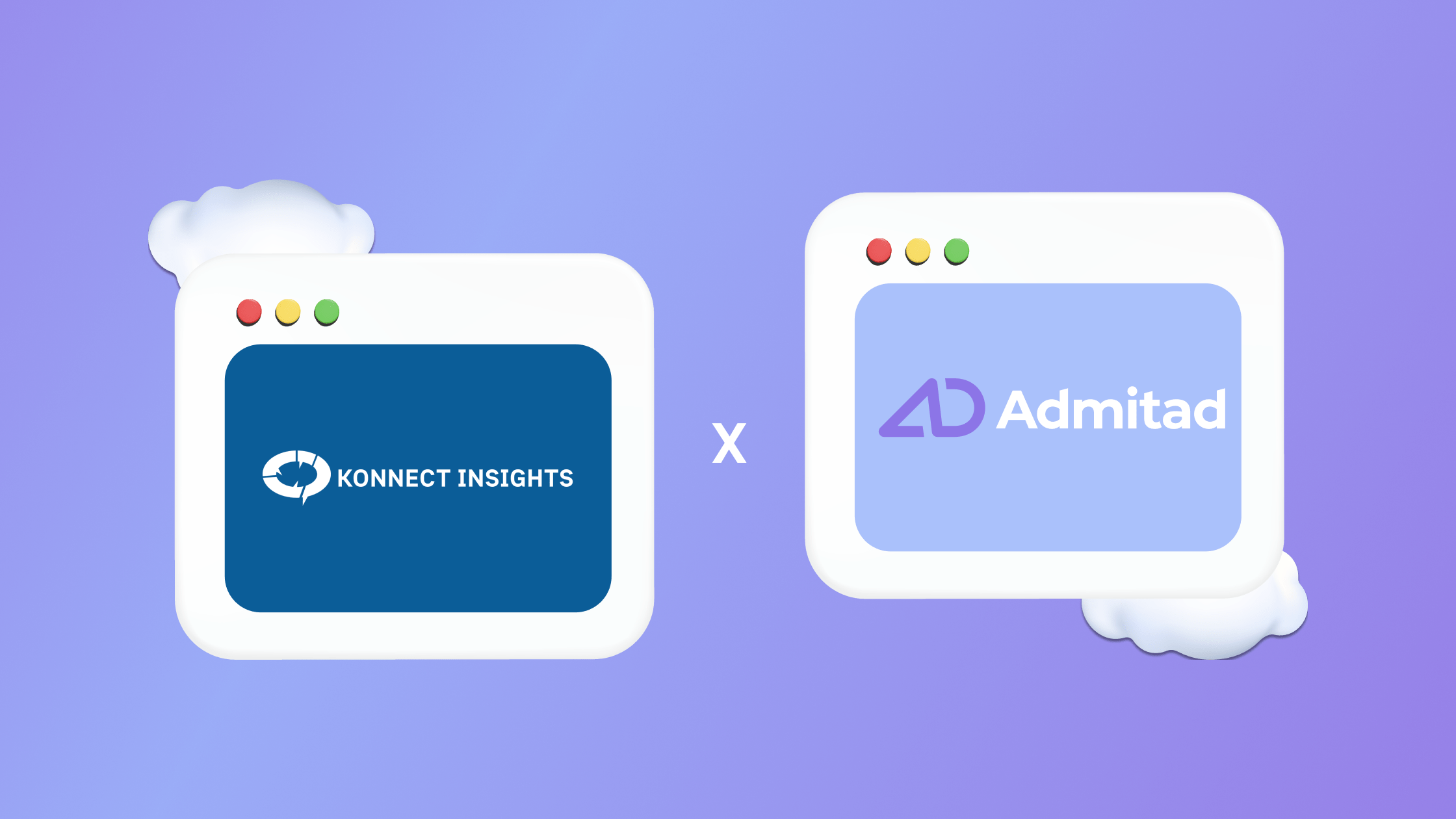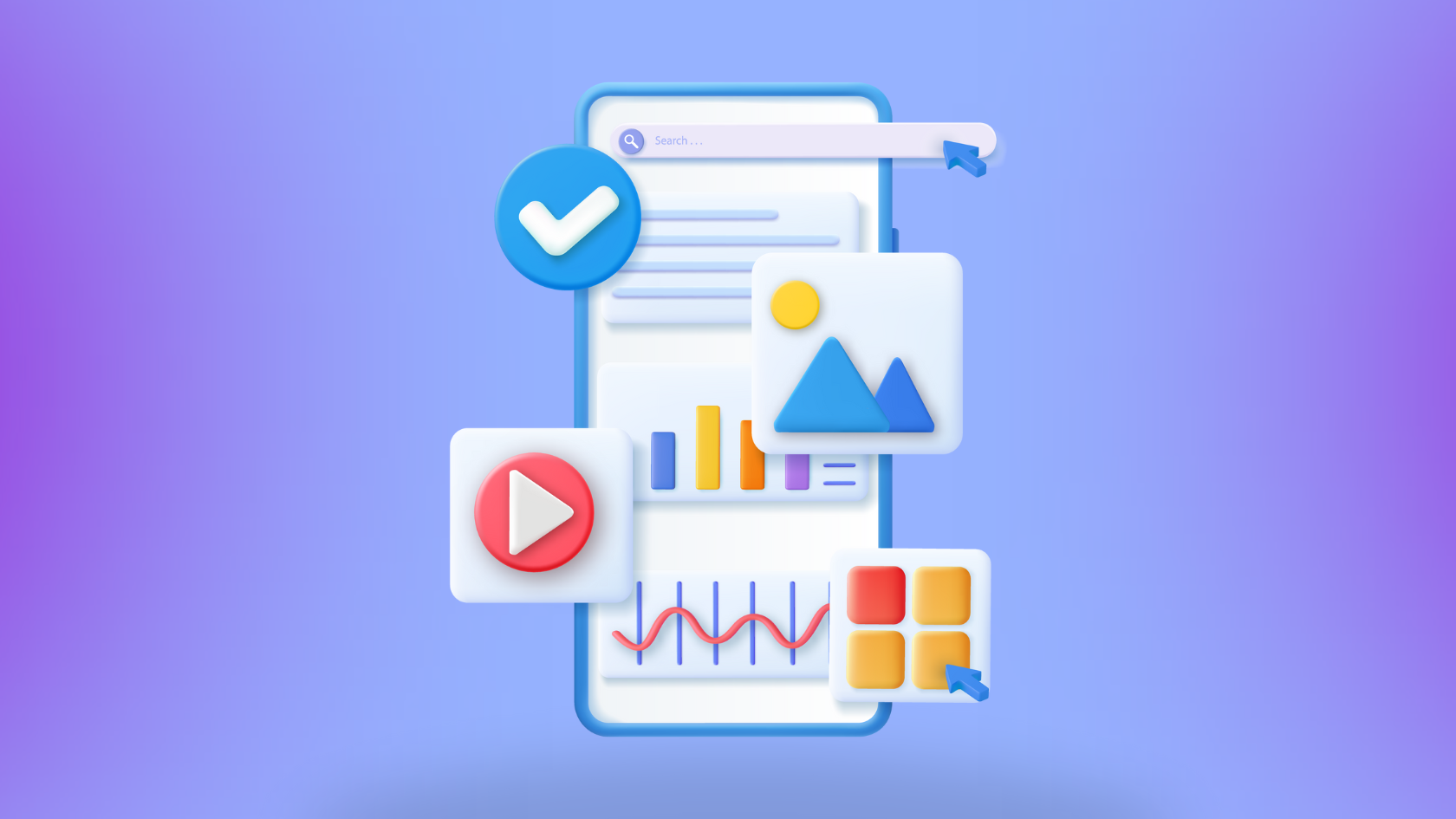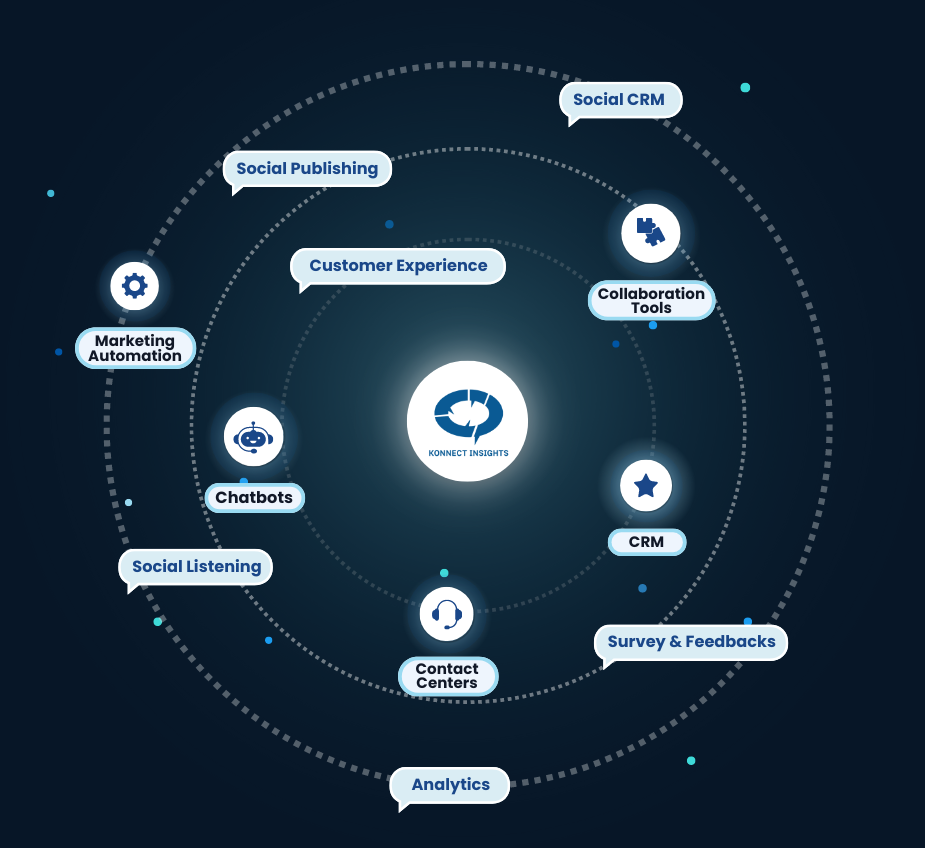Online reputation is a crucial aspect of any business. It influences customer perceptions, purchase decisions, and overall brand loyalty. In today’s digital age, where information spreads like wildfire, reputation analysis has become an essential tool for businesses to monitor and manage their online presence effectively. But what exactly is reputation analysis?
What is reputation analysis?
Reputation analysis refers to the process of monitoring and evaluating online sentiment, commonly known as sentiment analysis, customer feedback, and brand mentions across various platforms in order to assess the overall perception of a company or brand. It involves analyzing data from social media platforms, review sites, news articles, blogs, and other online sources to gain insights into how a business is perceived by its target audience.
The goal of reputation analysis is to identify both positive and negative sentiments surrounding a brand. By understanding the factors contributing to customer perception, businesses can make informed decisions about their products, services, and communication strategies. Reputation analysis helps companies stay proactive in managing their online reputation by addressing any negative sentiment promptly and leveraging positive sentiment to build trust and credibility.
Why is reputation analysis important?
Reputation analysis plays a critical role in shaping a company’s success. Here are some key reasons why it is important:
1. Customer trust
A positive reputation builds trust with customers. According to a survey conducted, 75% of consumers trust companies with positive reviews, while 60% state that they would not do business with a company that has negative reviews. Reputation analysis helps companies identify areas where they can improve customer satisfaction and trust.
2. Brand perception
Customers form opinions about a brand based on what they see online. Reputation analysis allows businesses to understand how customers perceive their brand image and make necessary adjustments if needed.
3. Competitive advantage
In today’s competitive landscape, reputation can be a key differentiator for businesses. By analyzing their reputation and comparing it with competitors, companies can identify areas where they excel or lag behind, enabling them to make adjustments and gain a competitive edge.
How do you measure reputation?
Measuring reputation involves analyzing various data sources and using specific methods and tools. Monitoring the frequency and tone of reviews, analyzing engagement on social media, and assessing the visibility and content of search results help in understanding the public’s sentiment. Additionally, tracking brand mentions and interactions online, such as comments and shares, provides valuable insights into the impact of online content. The goal is to create a comprehensive picture of how an entity is perceived online, allowing for informed strategies to enhance and protect its reputation in the digital realm.
Key Components of Reputation Analysis
Here are some key components of reputation analysis:
Methods and Tools
1. Social media monitoring: Social media platforms offer a wealth of information about how customers perceive a brand. By monitoring social media conversations, businesses can track sentiment trends, identify key influencers, and engage with customers in real-time.
2. Online review analysis: Online reviews on platforms such as Yelp, Google My Business, TripAdvisor, or industry-specific review sites provide valuable insights into customer experiences. Analyzing these reviews helps businesses understand specific pain points or areas of strength that impact their overall reputation.
3. Surveys : Conducting surveys allows businesses to gather direct feedback from customers. Survey responses help measure satisfaction levels, identify areas for improvement, and assess overall brand perception.
4. Competitor analysis: Analyzing the reputation of competitors provides benchmarking opportunities for businesses looking to improve their own standing in the market. Understanding competitor strengths and weaknesses can help identify areas where a company can differentiate itself.
5. Media monitoring: Monitoring news articles, blog posts, and other media mentions provides insights into how a company is portrayed in the public eye. This helps companies manage their external communications more effectively.
Data Sources
Reputation analysis relies on data from various sources, including:
1. Social media: Platforms like Twitter, Facebook, Instagram, and LinkedIn offer real-time insights into customer sentiment and conversations related to a brand.
2. Review sites: Websites such as Yelp, Google My Business, TripAdvisor, and industry-specific review platforms provide customer reviews and ratings that impact a company’s reputation.
3. News articles: Media coverage of a brand can significantly influence its reputation. Monitoring news articles helps identify any negative or positive mentions.
4. Blogs and forums : Blogs and online forums allow customers to share their opinions and experiences with a wider audience. Monitoring these platforms offers valuable insights into brand perception.
5. Surveys: Surveys conducted by companies provide direct feedback from customers about their experiences, satisfaction levels, and overall perception.
Importance of Reputation Analysis
Reputation analysis is essential for businesses due to the following reasons:
1. Identifying trends: Analyzing reputation data helps identify emerging trends in customer sentiment or behavior that can inform business strategy.
2. Mitigating risks: By monitoring reputation data proactively, businesses can address potential issues before they escalate into larger crises.
3. Improving decision-making: Reputation analysis provides insights that inform effective decision-making across departments such as marketing, product development, and customer service.
4. Guiding communication strategies: Understanding how customers perceive a brand helps develop communication strategies that resonate with the target audience.
5. Measuring impact: Reputation analysis allows businesses to track changes in sentiment and measure the impact of specific initiatives on their overall reputation.
Reputation Management
Reputation management involves actively shaping the way a company is perceived by its target audience. It goes beyond analyzing data to include strategic actions based on reputation insights:
1. Leveraging positive sentiment: Businesses can amplify positive sentiment by engaging with satisfied customers, showcasing positive reviews and testimonials, and leveraging influencers to promote their brand.
2. Addressing negative sentiment: Reputation analysis helps identify areas where a company is falling short and prompts proactive measures to address customer concerns and rectify issues.
3. Engaging with customers: Building strong relationships with customers through personalized interactions, responding to feedback promptly, and providing exceptional customer service contribute to a positive reputation.
4. Communicating transparently: Transparency builds trust. Companies should be open and honest in their communications, especially when addressing negative feedback or handling crises.
Case Studies
Real-world examples illustrate the practical application of reputation analysis:
1. Delta Airlines: Delta uses reputation analysis to proactively manage their online presence. By monitoring social media conversations, they identify customer complaints or issues in real-time and respond promptly to address concerns.
2. Starbucks: Starbucks leverages online review analysis to understand customer sentiment at individual store locations. This insight enables them to take corrective actions if needed and maintain a consistent brand experience across all stores.
Ethical Considerations
While reputation analysis provides valuable insights for businesses, it is crucial to consider ethical implications:
1. Privacy concerns: Companies must handle customer data responsibly and ensure compliance with relevant privacy regulations.
2. Transparency in data collection : Businesses should be transparent about the data they collect from customers and how it will be used.
3. Fair representation: Analysis should aim to represent customer sentiment accurately without manipulating or distorting data to fit a specific narrative.
Future Trends
Reputation analysis will continue to evolve as technology advances and consumer behavior changes:
1. Artificial intelligence (AI): AI-powered tools can automate reputation analysis processes, enabling faster insights and more efficient decision-making.
2. Sentiment analysis: Advancements in natural language processing will enhance sentiment analysis capabilities, providing a deeper understanding of customer opinions and emotions.
3. Integration with customer relationship management (CRM) : Integrating reputation analysis with CRM systems will enable businesses to track and manage reputation data alongside other customer interactions.
4. Predictive analytics: By combining historical reputation data with predictive analytics, businesses can anticipate shifts in customer perception and take proactive measures.
5. Social listening across multiple languages: With businesses expanding globally, the ability to analyze reputation data across multiple languages will become increasingly important.
5 of the most popular methods of reputation analysis
Reputation analysis involves various methods and techniques. Here are five popular ones:
Social media monitoring
Social media platforms offer a treasure trove of information about customer sentiment, brand mentions, and emerging trends. Tools like Brandwatch, Hootsuite, and Sprout Social help businesses monitor conversations, track brand mentions, and analyze sentiment on social media platforms.
Online review analysis
Online review sites play a significant role in shaping a company’s reputation. Tools like ReviewTrackers, Trustpilot, and Yotpo aggregate reviews from multiple platforms and provide insights into overall brand sentiment based on customer feedback.
Surveys
Surveys allow businesses to gather direct feedback from customers about their experiences and perceptions. Tools like SurveyMonkey, Typeform, and Google Forms help design surveys that capture valuable insights for reputation analysis.
Competitor analysis
Analyzing competitor reputations provides benchmarking opportunities for businesses looking to improve their own standing in the market. Tools like SEMrush, Ahrefs, and BuzzSumo help track competitor mentions, sentiment trends, and overall brand perception.
Media monitoring
Monitoring news articles, blogs, and other media mentions helps companies understand how they are portrayed in the public eye. Tools like Meltwater, Cision, and Google News Alerts provide real-time alerts and analysis of media mentions.
Conclusions
Reputation analysis is a powerful tool that allows businesses to monitor and manage their online presence effectively. By analyzing customer sentiments, brand mentions, and feedback from various sources, businesses can make informed decisions to enhance their reputation. The importance of reputation analysis cannot be overstated in today’s digital landscape where customer trust and perception are critical for success. As technology and consumer behavior continue to evolve, reputation analysis will play an increasingly vital role in shaping business strategies and ensuring long-term success.






























